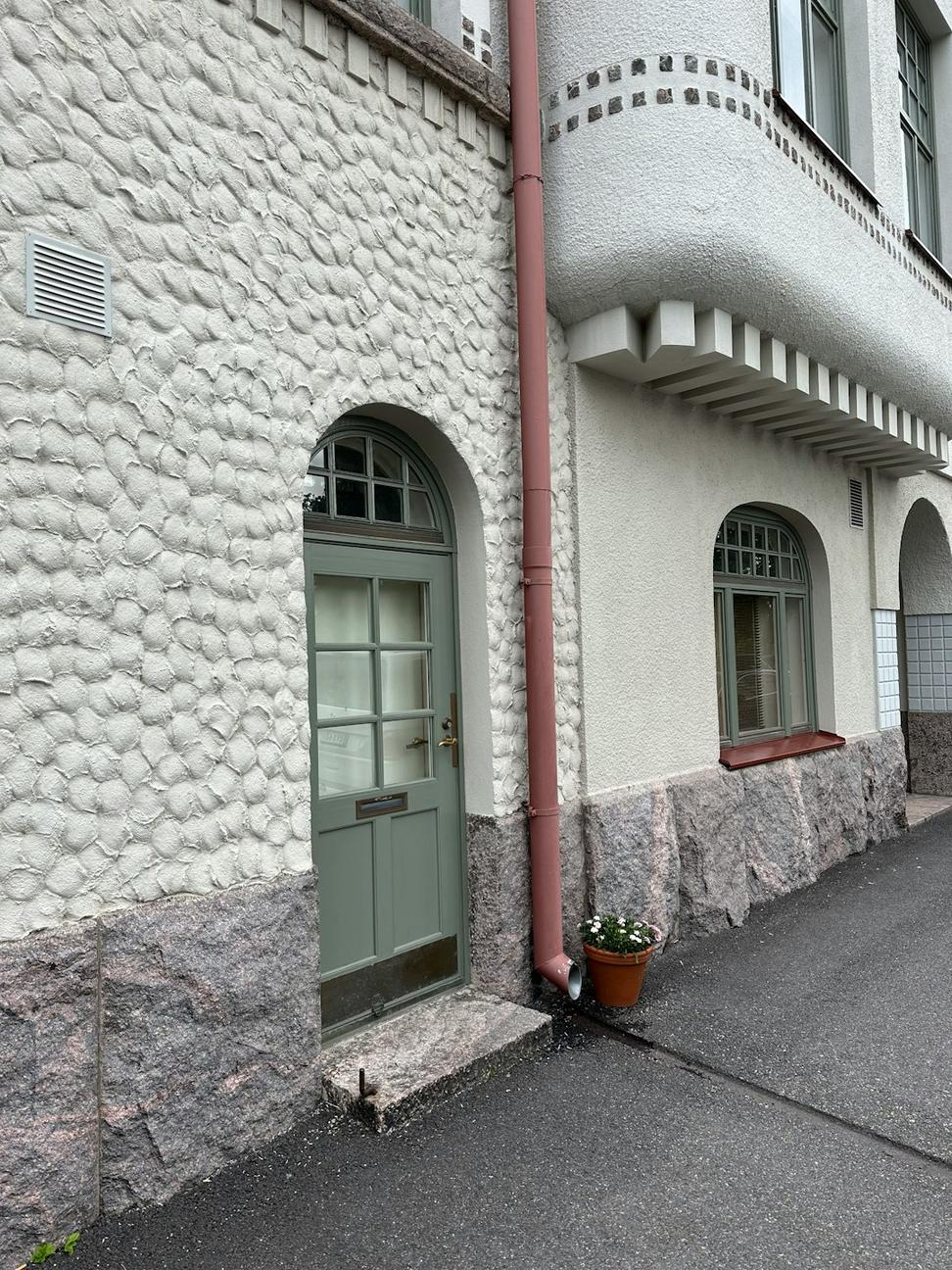Our Environmental Impact
Look, we're not gonna pretend we've got all the answers. But we track our numbers, challenge ourselves yearly, and honestly? We're kinda proud of where things are heading.
2019
Year we started tracking47%
Carbon reduction to date23
Net-zero projects completed
